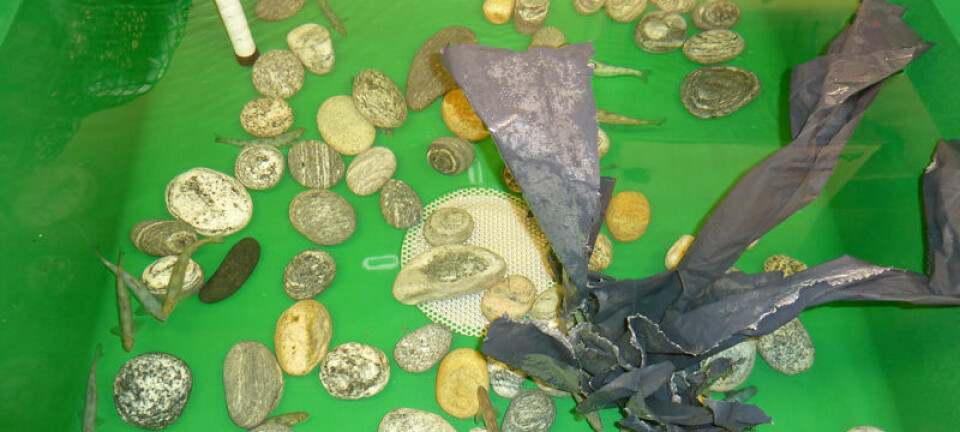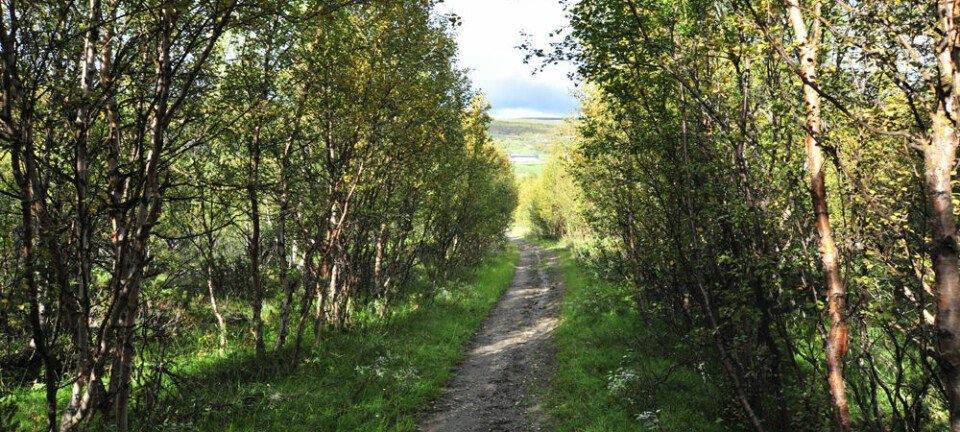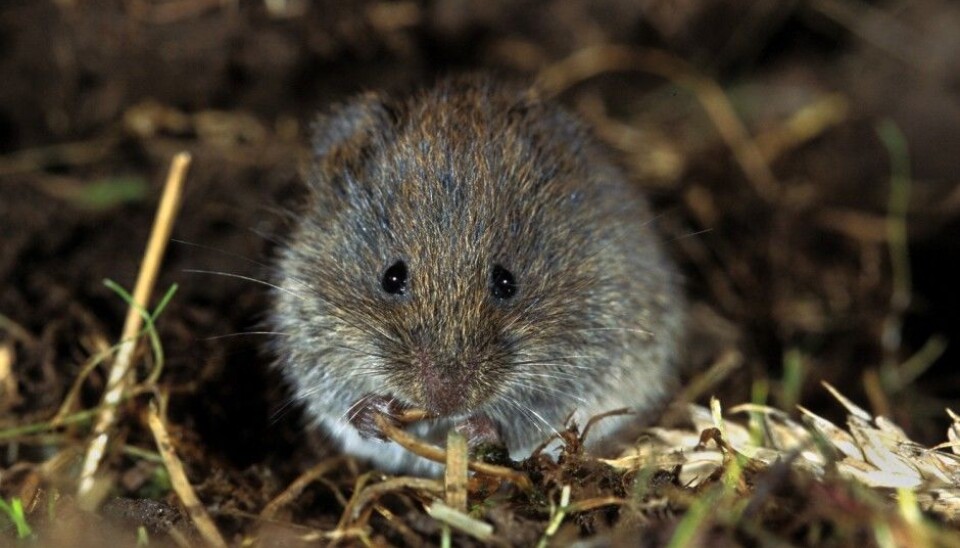
Rodent population swings remain a mystery
They’re small and almost unnoticeable, until their population explodes. Now recent swings in Norway’s small rodent populations have underscored the importance of these creatures for the health of the entire natural community.
Denne artikkelen er over ti år gammel og kan inneholde utdatert informasjon.
For nearly two decades, rodent populations in Norway’s mountains and forests have been mostly unaffected by the huge explosions in numbers that characterize the reproductive oddities of these creatures. But now the huge swings in rodent populations are back.
Last year, Norwegian scientists reported an incredible population density of 70 to 100 rodents for each 1000 m2 of forest floor in southern Norway. Then this past winter, the giant population of mice and other small rodents collapsed, leaving perhaps 1/100th as many animals as before.
Norwegian researchers are now trying to understand what causes these big population swings even as they observe their effects on the birds and animals that feast on rodents when numbers are high – or starve when numbers collapse.
“There have been so many mice and other rodents over the past few years that predators have been able to reproduce at very high rates,” says Lasse Asmyhr, a researcher at Hedmark University College’s Evenstad campus in Østerdalen, in southeastern Norway.

Woodland bird and hare populations have also flourished, because they have been left alone as predators feast on the ample supply of rodents. Owls, which live almost exclusively on rodents, have also benefitted from the rodent explosion.
Lemming year
These huge rodent population explosions are so well-known in Norway that they have their own descriptive names in the Norwegian language. The boom years, which happen every third or fourth year, may be called a “mouse year” (musår) or a “lemming year” (lemmenår).
In spite of being so common, researchers still don’t quite understand the dynamics that drive the huge population explosions and crashes. That lack of information spurred researchers at the Hedmark University College’s Evenstad campus to set up a series of experiments to see if they could figure out what was behind the big swings.
“We’re still not sure how to explain this. But there are a lot of researchers who would like to find out,” Asmyhr said.
An enormous amount of biomass
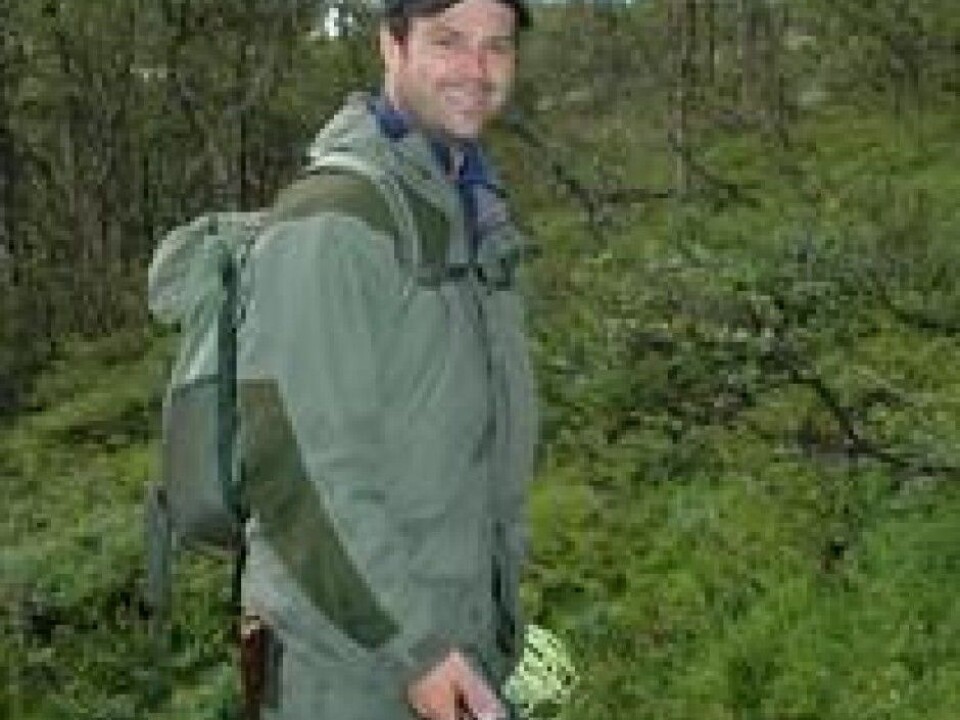
Last summer researchers at the Evenstad campus conducted an experiment to see what would happen if they tried to manipulate the entire mouse population in a given area.
They set up two experimental plots: one where they set out feeding stations for mice to encourage the population to grow as much as possible, and the other where they attempted to trap as many mice as possible so as to reduce the population to zero.
But what the researchers didn’t fully appreciate was how huge the mouse population already was, and that as a result, they were unable to change population numbers.
“We concluded that last year there were so many mice in the woods, that it was not possible for humans to manipulate the amount one way or the other,” Asmyhr said.
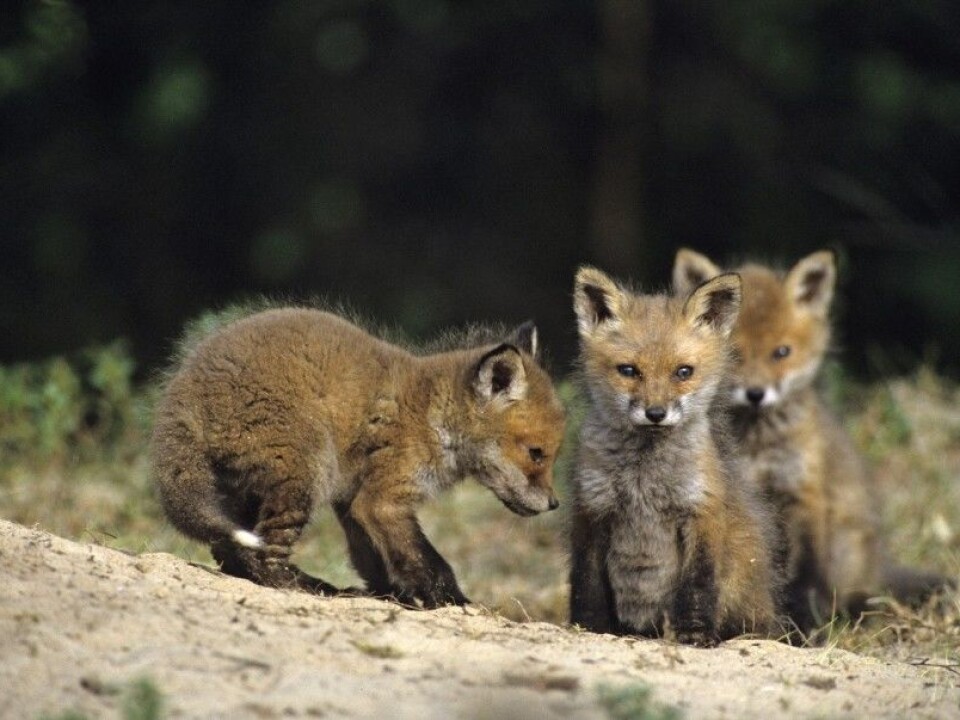
The unexpected finding also reinforced for researchers how much biomass these small rodents represent in the landscape.
Counting mice and seeds
Now researchers are using different techniques to estimate animal populations in the forests around Evenstad, which may give them a window on the factors that contribute to big rodent population swings.
They’ve been counting scats from foxes, hares and moose, and studying the DNA in the scat to see what these animals are eating.
The researchers are also using hair snares to take fur samples from martens, weasels and squirrels, which can give them a window on how many of these animals are in the forest, and also what they have eaten.
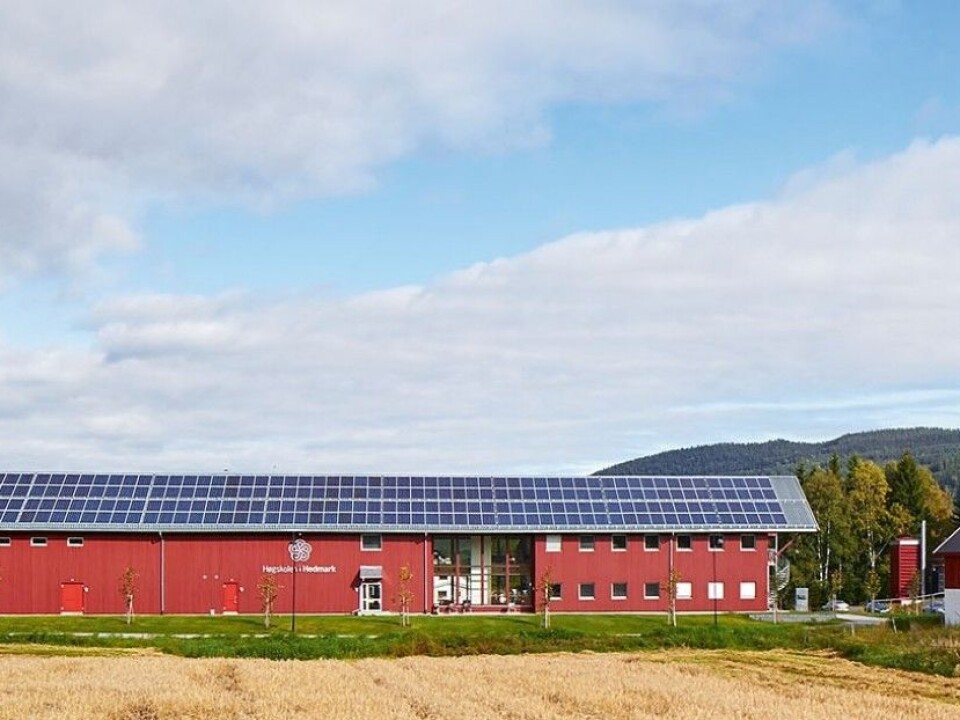
They’re also taking soil samples, to look at how different nutrients cycle through the soil as rodent populations wax and wane, as well as seed crops from pines and spruces. Every seventh year, when seed production from these trees is at its highest, mice feast on the protein-rich seeds.
“But we don’t think there is a direct connection between these big seed crop years and the explosions in mouse populations,” Asmyhr said.
The researchers hope their combined efforts will shed some light on the huge population swings that take place in the Norwegian natural world from year to year.
-------------------------------------
Read the Norwegian version of this article at forskning.no








